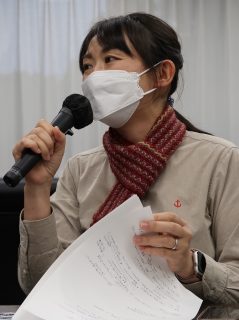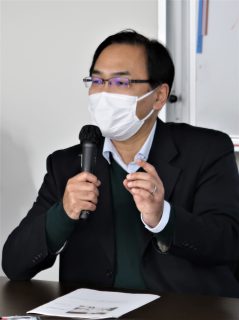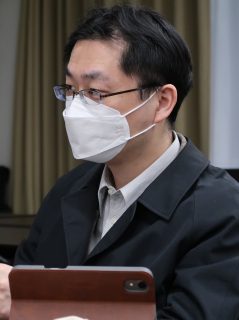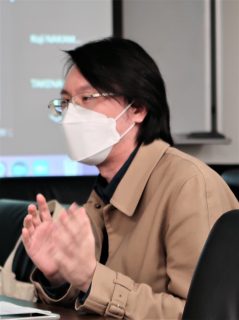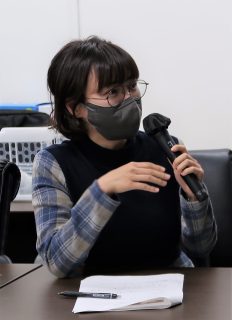The Ushioda Initiative of Arts held its fifth research meeting on October 25, 2022, in which DING Yi (EAA Project Researcher) presented “Examining China’s 20th Century Aesthetics from the Acceptance of Laocoon.” Laocoon (1766), an important work in the history of Western aesthetics, compares poetry and painting, whose relation has always been a fundamental subject in Chinese art theory. Laocoon has always been highly valued in the radical ideological changes in twentieth-century China. Therefore, this work is uniquely significant when considering twentieth-century Chinese aesthetics.
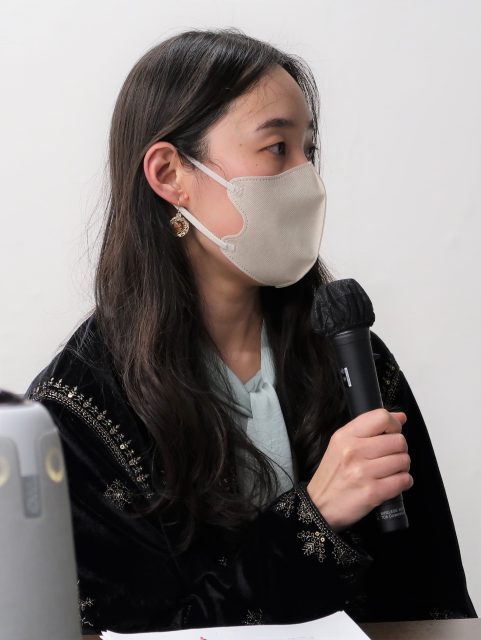
DING Yi first explained how to understand “Chinese aesthetics.” Aesthetics is a discipline originating from the West whose main purpose lies in the exploration of beauty, art, and sensibility issues through philosophical approaches. However, these issues encompass a wide range of topics, which also make it difficult to identify aesthetics. Chinese aesthetics, established with reference to Western aesthetics, promotes aesthetics through Chinese works on the one hand and requires a more accurate grasp of Western aesthetics on the other. From the perspective of modern aesthetic research worldwide, the overall positioning of Chinese and even Eastern aesthetics remains unclear.
In response, DING Yi discusses ZHU Guangqian, ZONG Baihua, and QIAN Zhongshu’s discourse on Laocoon to reexamine the development of Chinese aesthetics in the 1920s and 1960s. She explains how the establishment of Chinese aesthetics is neither an unconditional acceptance of Chinese classics nor a direct transplant of Western aesthetics. Instead, it is based on the intersection of knowledge from ancient and modern times, both domestically and internationally, and forms its own contours by drawing on elements from neighboring disciplines (literature, art criticism, art practice, etc.). The exploration of Chinese and Eastern aesthetics is expected to become an important topic for EAA in the future.
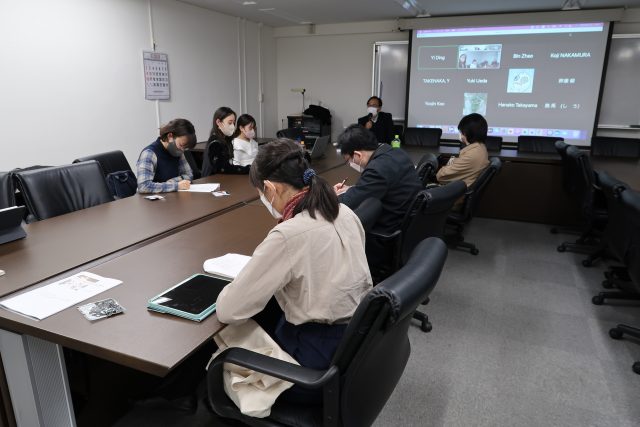
Japanese Report by: DING Yi (EAA Project Researcher)









